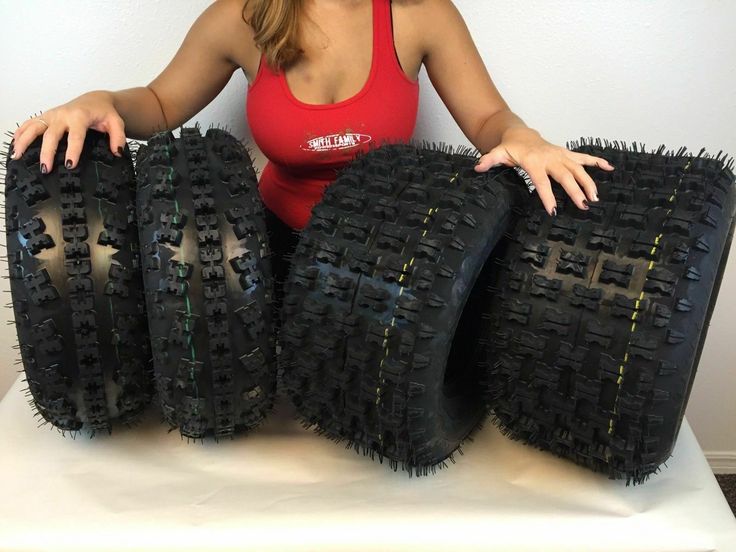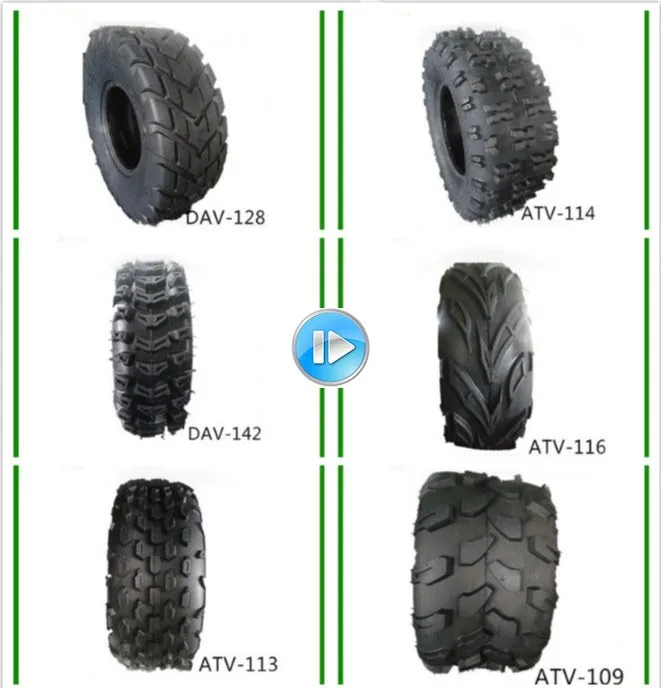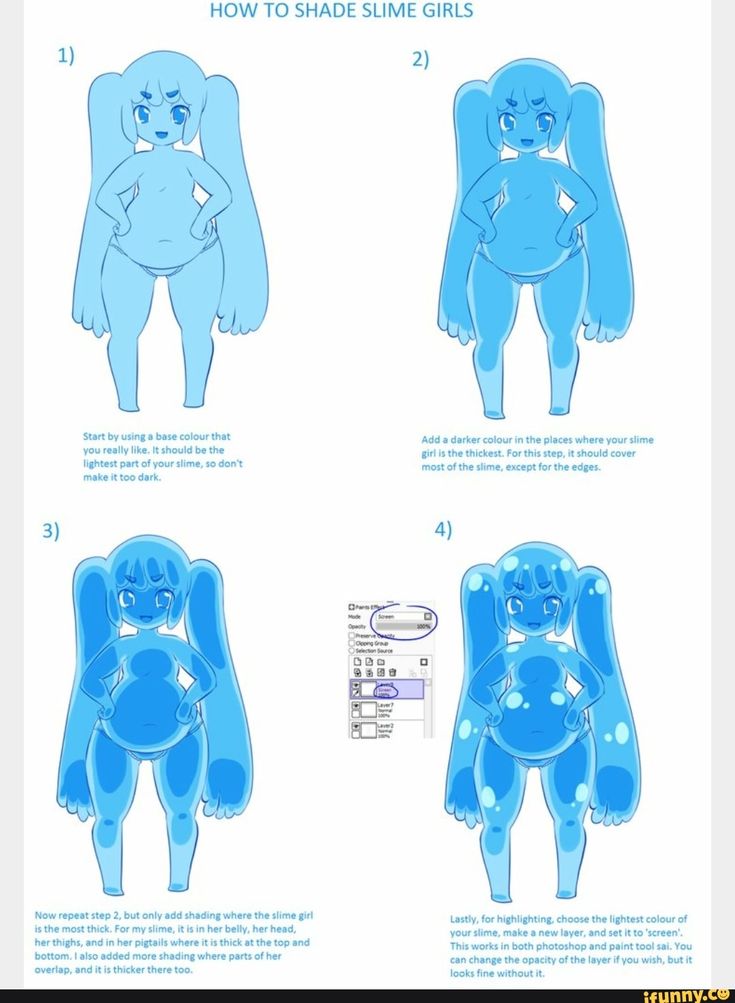You’ve reached for the bottle to fix or prevent flat tires – smart choice! Whether this is an emergency repair (yellow label bottle), or you are preventing flats for up to 2 years (red, blue or black label bottle), the Slime installation process is the same.
Slime tire sealant is easy to install, cleans up with water and will get you back on the road quickly. All you need is the bottle and a tire inflator. Let’s get started:
Step 1: Position the TireSlime can be inserted with the valve stem located in any position, but it works best if you position the valve stem so it sits in the upper half of the tire.
Step 2: Remove the Valve Core
Take the valve cap off your valve stem. When you look inside the top of the tire valve stem, you will see a metal cylinder in the very center. This is the valve core and it needs to be removed in order to install Slime.
The black cap on your bottle of Slime is a valve core removal tool. Twist it off the bottle and use the knobby tool in the center to engage the valve core. Slowly twist the tool counter-clockwise to remove your valve core. You will know you are successfully removing the valve core when air starts hissing out of your tire.
Your tire must be as flat as possible to inject the Slime. Allow the air to slowly escape from the tire and set aside the valve core (you will need this piece again later).
Step 4: Remove the Puncturing ObjectLocate the screw, nail or other offending object that caused your tire to go flat. If possible, remove it from the tire.
Step 5: Inject SlimeUnscrew the white cap from the top of the bottle, peel off the white seal and then re-attach the white cap. Remove the clear tube from side of the bottle and attach one side to the top of the white bottle cap. Attach the other side to the valve stem on your tire.
Attach the other side to the valve stem on your tire.
Squeeze in the appropriate amount of Slime. You can use the chart on the back of your bottle to determine how much Slime you need, or you can use our Slime calculator. If you are using the gallon product of Slime, then one pump equals approximately 1 oz of Slime.
If your tire has tubes (like on a bicycle or dirt bike), you can inject the sealant directly into the tube before inserting the tube into the wheel, or you can inject the sealant into a tube that is already pre-installed into the wheel.
Remember that little valve core you removed in Step 2? Time to put it back in! Using the same black tool from the cap of the bottle, screw the valve core back into the valve stem by turning clockwise until tight. If any Slime has oozed out while installing the valve core, simply wipe away with a cloth.
Using your favorite tire inflator, air up the tire to the manufacturer’s recommended air pressure. You can find this measurement on a label typically located on the inside door jamb of the driver or passenger seat.
Step 8: Rotate the TireTo properly spread the sealant around the inside of your tire, drive approximately 0.2 miles, then stop and verify that the sealant plugged your puncture and that the tire is holding air pressure. If you are installing Slime in a bicycle, simply spin the tire to evenly distribute the sealant.
Congratulations! You have successfully installed Slime and repaired your flat tire.
If you installed the yellow label Emergency Tire Sealant formula, then please seek a professional repair within 3 days or 100 miles.
You are here: Home / Off Road / How Much Slime To Put In Atv Tire?
Jonathan Holmes
How much slime to put on tires? If you have large tires on your Motorcycle, ATV, Truck, Tractor or Passenger Vehicle, use our handy Slime Calculator (Application Table) to determine exactly how much Slime to install as your tire may require more than our general application amount.
How much is ATV tire injected? In addition, the amount required to be injected in an ATV tire is up to 32 ounces of product, not only does that slime tend to build up and coat the inside of the tire, but there is concern that it also creates an uneven balance in the tire since the slime can tend to collect in certain areas of the tire.
What is the best tire sealant for an ATV? In fact, this works so well that it will last the entire life of your tire and even works on tires that you thought were unusable from dry rot. It’s a tire sealant for your ATV and the one I recommend most is TireJect Tire Sealant. Keep reading below to get my take on it or you can simply head over to Amazon to see what it is currently selling for.
What is slime tire sealant? Slime Tire sealant instantly and repeatedly repairs tread area punctures up to 1/4″ in diameter using Fibro-Seal® Technology. Use as a repair measure in Highway vehicles. How much Slime per tire?: To find out how much Slime you need in your tires, select a standard tire size below.
Table of Contents
There is no air inside your Slime bottle, just the powerful puncture preventing liquid. The liquid doesn’t expand (like a foam) when it enters your tire. Instead, as your tire rotates, the liquid coats the inside of the tire (Which is why Slime doesn’t work inside inflatables – no rotation.
in each rear and 34 oz. in each front , ULTRASEAL comes in a gallon container with a hand pump and each stroke is 2 oz. if I remember correctly FYI , Slimes Website says that after 2 years their product needs to be replaced and ULTRASEAL lasts the life of the Tire
2 years
Can Slime tire sealant be added to a tire to balance it? No. We do not recommend using Slime for this purpose.
Tire sealant may also damage the sensors inside your tire, keeping the pressure constant and failing to alert the driver inside the car if the tire pressure was to actually become low. It’s not a permanent fix for a flat tire. Leaky tire sealant has been known to corrode wheels, which can be costly to replace.
Slime will not seal bead leaks or large punctures. If you are installing Slime to repair an existing puncture, we recommend checking the tire for puncturing objects and removing any if found. This forces the sealant to flow around the inner tube or tire allowing it to locate and repair the puncture.
This forces the sealant to flow around the inner tube or tire allowing it to locate and repair the puncture.
– Remove the wheel from the car.
– Remove any excess air left in the tyre by putting pressure on the valve stem.
– Get rid of the corroded parts of the rim.
– With solvent appropriate for rubber, wipe the area of the tyre that touches the rim.
Will Slime damage my rims? If pre-existing damage is present, we do not recommend using Slime. Do not leave Slime inside your tires for more than 2 years. After that time, we cannot guarantee the integrity of your rims.
I have used slime in all my ATV tires for years. Works great! Once my son had a 250ex and ran into a bunch of very thick and sharp thorns. Both fronts at at least 5 holes each.
Filed Under: Off Road
Photo avtovzglyad. ru
ru
gearboxes suspects even the most irresponsible ATV owner. But what to do with the undercarriage of an all-terrain vehicle, so that it faithfully serves for many, many seasons, even hardened lovers of mud are not always known. The portal "AutoVzglyad" will help to understand the problem.
Dmitry Zlenko
The running gear of an ATV can, by and large, be considered a consumable item. Some manufacturers make parts and assemblies with a large margin of safety (for example, to make a hodovka on a Yamaha Grizzly, you need to really try), others deliberately underestimate the resource life in order to force brand fans to visit dealer service centers as often as possible.
Chinese, Russian and some American manufacturers especially sin with such a "customer-oriented" approach. Meanwhile, in order to extend the service life of even a not very hardy walker, it is enough to regularly service it even with inexpensive, but extremely effective means.
Photo avtovzglyad. ru
ru
Let's start with the suspension arms. If there are silent blocks in them - levers, then nothing needs to be serviced here, we just ride until the silent blocks are "tired". But much more often, quadric levers work on pressed plastic bushings, inside of which there are spacer metal bushings.
When driving through mud, water with small fractions of sand inevitably gets inside this structure, and the plastic bushings begin to wear out, and the metal bushings begin to rust. To prolong the life of the suspension arms and knuckles, after each ride, these components must be injected with grease. And best of all, as practice shows, this should be done with the help of high-temperature grease for LM 50 Litho HT bearing hubs. It is clear that temperature anomalies do not occur in the bushings of the suspension arms, but the beauty of the drug is that it is universal: that is, this “gel” can process both bushings of fists and suspension arms, as well as driveshaft crosses and wheel bearings.
It should be noted that LM 50 Litho HT absorbs shock loads well, adheres excellently to the surface, and is highly resistant to water. The temperature range of its use is from −30°С to +140°С. And do not forget that regular maintenance of the walker not only prolongs its service life, but also guarantees your safety. After all, a wheel that has fallen off at speed or a wheel bearing that has become wedged is not such a rare occurrence for ATVs.
Photo avtovzglyad.ru
Photo avtovzglyad.ru
True, to do this simple procedure is oh how difficult. Since bolts with a nut tend to rust, sometimes the threaded connection will turn sour so that the wrench will break rather than the nut will break off. Another product from Liqui Moly will relieve such torment - a rust solvent with molybdenum disulfide MoS2-Rostloser.
This spray is specially designed to remove rust and facilitate the subsequent dismantling of threaded connections in cases where the threads are damaged by corrosion. The agent perfectly dissolves iron oxides and has a high penetrating power. And a special substance, molybdenum disulphide (MoS2), provides lubrication to the threads, which levels the presence of damage caused by corrosion on it. To unscrew the soured rusty nut, just pop on the connection, wait a few minutes and take the keys. By the way, MoS2-Rostloser, among other things, protects the parts treated with it from corrosion. A very useful tool for any country garage, because it is useful not only for the repair and maintenance of an ATV.
The agent perfectly dissolves iron oxides and has a high penetrating power. And a special substance, molybdenum disulphide (MoS2), provides lubrication to the threads, which levels the presence of damage caused by corrosion on it. To unscrew the soured rusty nut, just pop on the connection, wait a few minutes and take the keys. By the way, MoS2-Rostloser, among other things, protects the parts treated with it from corrosion. A very useful tool for any country garage, because it is useful not only for the repair and maintenance of an ATV.
There are such components in ATVs and UTVs that, on the one hand, need care and lubrication, but on the other hand, the use of “greasy”, non-drying compounds is not allowed, since this will stain riders' clothes. For example, ATV seat locks, buggy door hinges, UTV pedal assemblies. But for knowledgeable people, this, frankly, is not a problem.
Photo avtovzglyad.ru
Photo avtovzglyad. ru
ru
So, in the Liqui Moly product line there is a dirt-repellent white grease Wartungs-Spray weiss. The agent forms a lubricating layer to which dirt, dust and moisture do not stick. And what's more: it prevents the formation of rust in the places of application, prevents the formation of so-called frictional corrosion. The resulting soft layer of non-sticky lubricant tightly “clings” to the contact point, reducing the friction of parts and protecting, among other things, from freezing of parts.
A logical question: is it possible to treat ignition locks with this lubricant, because, after all, moisture also gets into them and the larva eventually becomes completely unusable. In principle, nothing bad will happen to the castle, but white stains around will hardly please. And if you consider the ignition locks of BRP ATVs, into which keys with chips are inserted, then the use of such a composition can, in theory, prevent normal reading of the code.
In fact, for the maintenance of ignition locks and other contact areas where a non-tacky lubricant is needed and oil or silicone compounds cannot be used, Liqui Moly has developed a PTFE-Pulver-Spray Teflon Spray. It forms a dry, transparent and at the same time water-repellent layer on rubbing surfaces, to which dirt and dust do not stick at all. PTFE-Pulver-Spray is free from oils, fats and silicones and is neutral even to sensitive plastics and rubber. It's a little expensive, but the investment, as they say, is worth it ...
It forms a dry, transparent and at the same time water-repellent layer on rubbing surfaces, to which dirt and dust do not stick at all. PTFE-Pulver-Spray is free from oils, fats and silicones and is neutral even to sensitive plastics and rubber. It's a little expensive, but the investment, as they say, is worth it ...
Photo avtovzglyad.ru
Photo avtovzglyad.ru
Another chemical composition useful for a country garage is a colorless silicone grease Silicon-Spray. Used to lubricate contact areas containing plastic or rubber parts.
Liqui Moly Silicon-Spray eliminates plastic squeaks (especially true for quadrics, because all of their bodies are made of plastic, which eventually begins to make extraneous sounds as a result of friction of one part articulated with another. In addition, the product protects rubber and plastic parts from drying and exposure to ultraviolet light.
Photo avtovzglyad. ru
ru
Photo avtovzglyad.ru
... Timely maintenance of ATV components, which rarely care about, with the help of the right high-tech compounds, definitely extends the life of equipment. And most importantly, a relatively small investment in the purchase of various sprays and lubricants allows in the future to significantly save on the repair of an ATV.
How to avoid electrician glitches on a used ATV
10342
How to avoid electrics in an ATV 9000 9000 10342
SPATVs, off-road, car service, repair, maintenance, car chemicals, life hack
Photo toyota-europe. com
com
The world of lubricants is so diverse that today it is not difficult to choose a lubricant for a specific task. Not only the rubbing elements of engines, gearboxes, machine tools and other components, machines and assemblies need lubrication, but also rubber seals in doors and even car tires. The AvtoVzglyad portal found out why it is necessary to lubricate tires, and what auto chemicals are best used to care for tires.
Efim Rozkin
One of the most popular lubricants is silicone. It is perfectly combined with plastic and rubber parts, which is why its scope is very wide. And, of course, motorists are happy to use such a lubricant.
The most common uses for silicone lubricants in cars are door hinges, door and engine compartment seals, and seat rails. However, not many drivers know that tires also need mandatory silicone lubrication. And the reasons for the need to care for tires are very significant.
The fact is that in addition to lubricating properties, silicone perfectly protects the surfaces of the rubber elements of the body from the harmful effects of ultraviolet radiation and prevents the seals on the doors or the sunroof from drying out and cracking. In the same way, silicone works on tires.
In the same way, silicone works on tires.
Photo m.medcom.id
First of all, thanks to him, the tires can be restored to their original appearance. Indeed, during use and under the influence of ultraviolet radiation, the tires burn out, acquiring a gray color. Silicone is able to restore their appearance: after processing, they again acquire a deep black color. At the same time, at a price this method of rubber restoration is significantly cheaper than blackening. Secondly, the silicone on the tires performs the same function as on any other rubber products in the car - it protects against cracking and drying out, which can lead to serious consequences up to the destruction of the tire in motion.
Silicone is recommended for seasonal tire changes. Be sure to process the tires that are sent for storage and those that are planned to be installed. And even if the car is rarely used and stored in a garage or parking lot, silicone grease treatment of tires should be carried out on a regular basis.